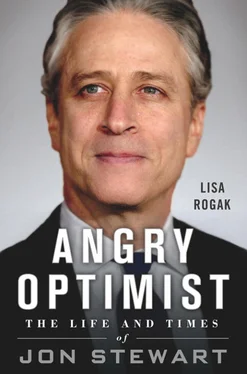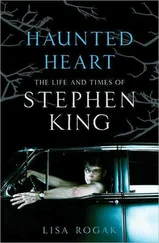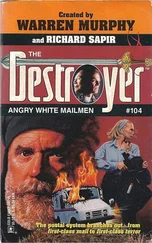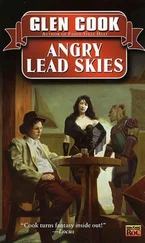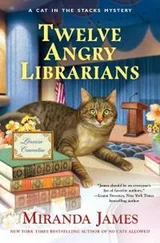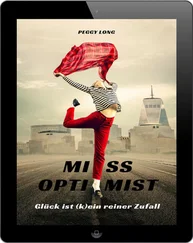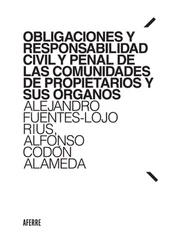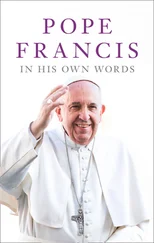But they weren’t certain if that would come to pass. They tried several rounds of in vitro fertilization treatments and tried hard not to become discouraged and anxious.
Stewart was also making his peace with religion, a concept that had dogged him since he was young. “Religion was one of the things I was hung up on in childhood that I sort of worked out,” he said. “It always baffled me. I tend to need logic in my life; I’m very poor with faith. While I do believe in God, I just don’t think he’s still looking out for us. I mean, if you think about it, he created the world in six days—five billion years ago! Don’t you think by now he’s moved on to another project? Maybe we’re just something he threw together for his third-grade science fair in the first place.”
“I don’t have a problem with religion,” Stewart once explained to Larry King. “I think that religion provides a lot of people with comfort and solace, but you know, I think what people who aren’t that religious object to is [the belief] that the only way to find values is through religion.”
And though others wondered about his mixed marriage—Tracey was raised Catholic—Stewart joked about the situation as usual. “My wife is Catholic, I’m Jewish, it’s very interesting: we’re raising the children to be sad.”
* * *
Happily, viewership of The Daily Show grew. Ratings increased steadily from the first night that Stewart held court. The critics weighed in:
“I think the reason why people watch The Daily Show is because they have found, first of all, that it is extraordinarily funny,” said Devin Gordon of Newsweek . “They have found a place that is both extraordinarily funny and doesn’t insult their intelligence, which is a rare combination nowadays.”
Said David Hinckley, critic-at-large at the New York Daily News, “It actually serves a legitimate news purpose in my night. It is another reinforcement of what people are talking about because it has a pretty good pulse for what’s on people’s minds.”
Bob Schieffer, host of Face the Nation on CBS, had this to say: “Jon Stewart is to television what the editorial page cartoonist is to the editorial page of newspapers. The editorial page cartoonist is the only person at the newspaper who is allowed to lie. I see Stewart as an editorial page cartoonist. A lot of time, by taking something beyond where it is, it helps you to drive home a point and really understand the truth.”
Indeed, compared with the other late-night shows, The Daily Show was different not only in tone but in format. “Basically, Letterman and Leno have to get through those ten-minute opening monologues [while] the fuel of their shows is often more guest-driven,” said Stewart. “[By contrast], we had to fill our half-hour every night with something. Not that those four minutes with [guests like] Tiffani-Amber Thiessen aren’t enjoyable. Don’t get me wrong, she tells a hell of a story. But I think we would go insane if we had to spend our whole day trying to think of synonyms for dumb, if we hadn’t looked for larger arcs in the comedy.”
Another reason why he and the producers decided to keep a guest segment in each show was for sheer utility: it absolved the writing staff from having to develop another five or six minutes of jokes and routines.
Though Stewart had his own ideas as to why people reacted so strongly to the show, in the end, every monologue, sketch, and interview came down to what he cared about most and how he wanted to convey that to his audience. “I think for me in some respects I am attempting to scratch an itch,” he said. “And I want to make humor about things I care about. And unfortunately, the larger issues are probably more deeply affecting to me than most things.”
THE WHOLE TONE of the show had shifted in the year since Stewart came on board as host. Whereas previously, stories about Bigfoot and taxidermied squirrels would have automatically been green-lighted, now the future of such pieces was uncertain. “As soon as the presidential campaign started up in 2000, you could see the show begin to change,” said Colbert. In fact, at the end of the 2000 campaign season, Colbert—newly politicized—offered up a bet to the other correspondents and producers. “I put a hundred dollars on the table and said to the field producers, if you can get us a Bigfoot story, I’ll give you the hundred-dollar bill,” he said. “I knew none of that shit was going to get past Jon anymore. Everything had to be grounded in reality, in something that’s happening in the world, so we could use our field pieces as an addition to the satirical take that’s happening at the desk.”
“Some of the correspondents on The Daily Show write more than others, some are more traditional performers, but in almost all cases input is pretty welcome,” said Karlin, “anything that can help make it in their own voice. Colbert is the most experienced writer, so he writes or rewrites a lot of his own stuff.”
With the first year of The Daily Show with Jon Stewart under his belt—and very positively received—in early 2000 Stewart felt he could finally bring out the big guns and turn more of the focus of the show to politics. Then again, with the upcoming 2000 presidential election, he had little choice. And given the tone of his commentary and stories in the first year, Stewart’s own political leanings were no secret.
“I’ve always felt [that] what is defined as leftist [is] relatively reasonable,” he said.
“I have a tendency to lean toward the underdog, which I assume is the liberal perspective,” he acknowledged, “but as I’ve gotten older, I find I’ve developed my own ideology. I don’t really fit into anything.”
“In the beginning of 2000, the content became far more political,” said writer J. R. Havlan. “When the election came up, we were in a unique position, and Jon realized this is what we’re here for. That’s when we started to focus on media coverage.”
Just as Stewart’s visibility and reputation were starting to achieve critical velocity, the 2000 presidential election cycle began. Certainly there was no better place to exercise his muscles and to make a statement than at the party conventions in 2000. “We are definitely a fake news show, and political conventions are definitely a fake news event,” he said. “So, in some respects, we’re probably the only news organization who should be here.”
In fact, choosing to call the Show ’s coverage of the 2000 campaign and election season Indecision 2000 was a brilliant stroke of genius that at once sent a message of what viewers could expect as well as mock the stance of more conventional news media. However, when they first came up with the moniker, no one on the staff of The Daily Show, least of all Stewart, had any idea how prescient that term would turn out to be, as the results for the November 7 elections were still not determined even after a month of a contentious round of recounts was conducted in Florida, which had been too close to call, and until the U.S. Supreme Court stepped into the fray and basically called the race for George W. Bush.
But viewers were noticing how Stewart’s election coverage was radically different from the shows their parents watched. In fact, for The Daily Show ’s Indecision 2000 election night special, almost as many younger viewers tuned into Comedy Central as those who were watching the results come in over at Fox News. The Daily Show measured 435,000 viewers aged 18 to 34 compared to 459,000 in the same category at Fox. Since Stewart took over as anchor the previous year, The Daily Show averaged two million viewers a night, which was huge for cable and significantly higher than Kilborn’s numbers, which typically hovered around one million.
Читать дальше
